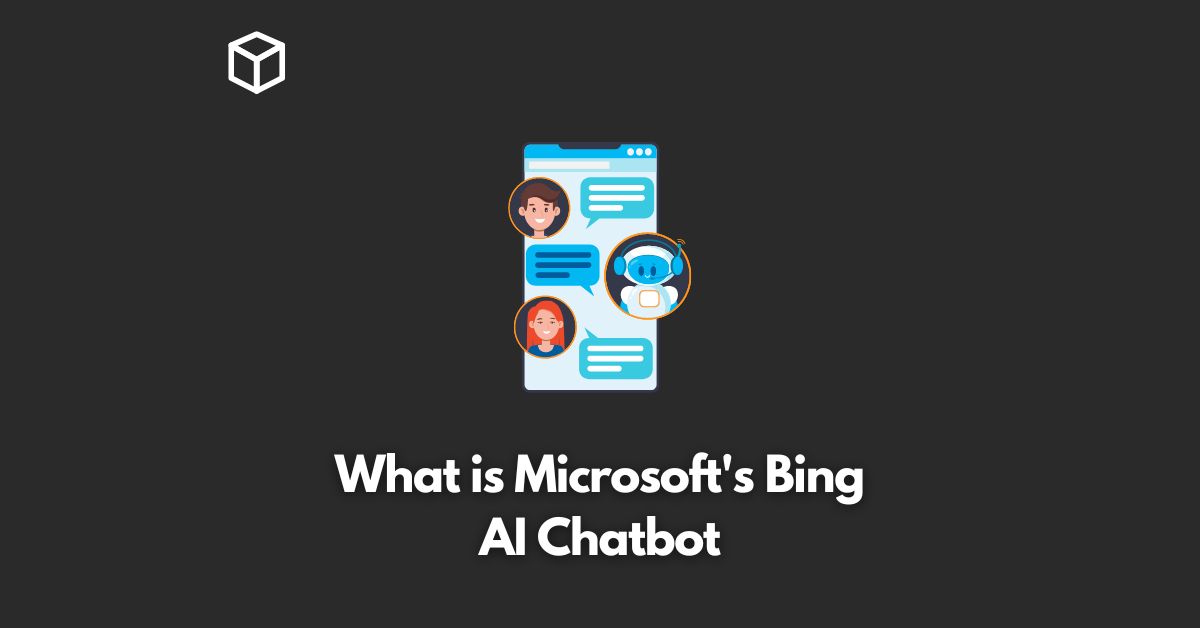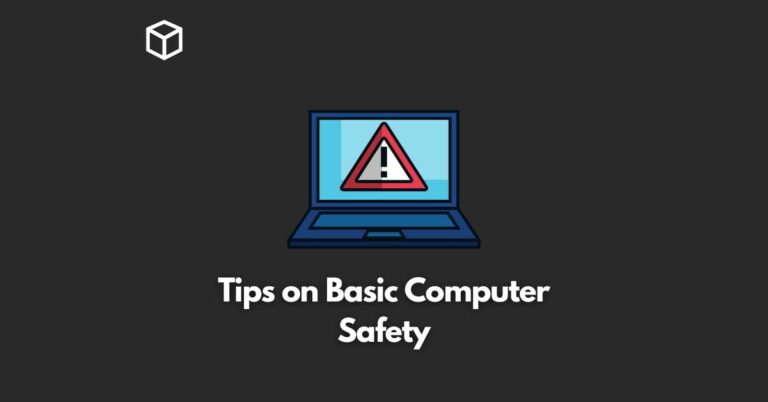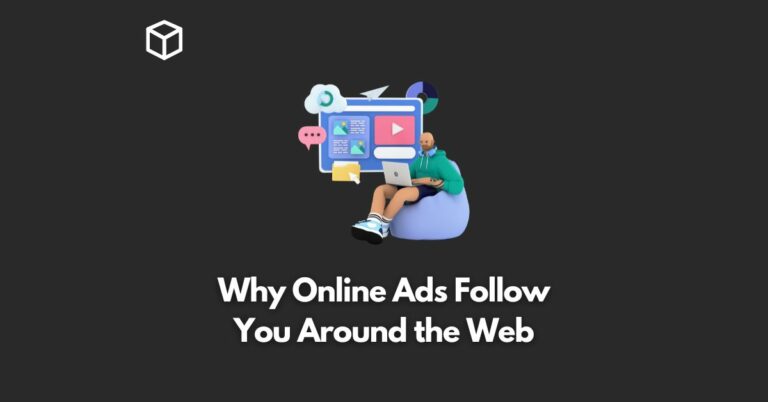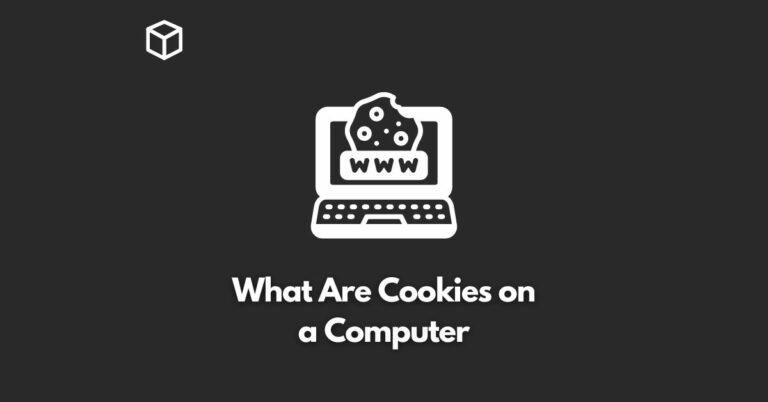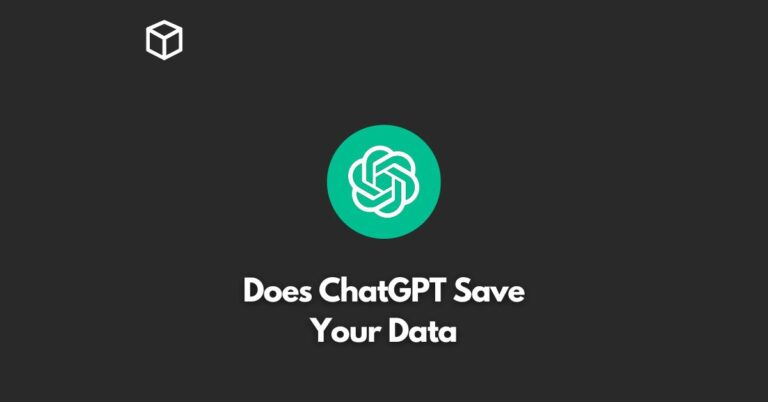Microsoft’s Bing AI chatbot, a unique feature of the Bing search engine, is an exemplar of cutting-edge technology in the realm of artificial intelligence.
Powered by the GPT-4 generative machine learning model, the chatbot is designed to simulate human-like conversation with the end-user, providing a more engaging and interactive search experience.
Unlike other search engines that deliver plain lists of links and page descriptions,
Bing AI chatbot can respond to queries in a more comprehensive and verbose manner, making it an innovative step forward in internet search technology.
Microsoft’s Bing AI: A Blend of Innovation and Utility
Bing AI Chatbot stands on the robust shoulders of the GPT-4 generative machine learning model, a tool designed to handle and synthesize large data sets into useful answers.
This capability of the Bing AI chatbot has been further enhanced by integrating it with the Bing search engine, allowing it to retrieve data from the internet to provide more comprehensive responses.
This results in a more fluid, conversational interface where you can phrase queries as you would in a normal conversation, receiving similarly human-like responses.
Consider this: instead of typing “dinner party planning” and being presented with pages of search results to sift through, you could interact with the chatbot with a request such as, “Create a three-course meal for a casual dinner party, excluding dishes with dairy and tree nuts due to guest allergies.”
Bing AI chatbot transcends the functionality of a traditional search engine by assisting in various tasks, from refining search results and helping plan trip itineraries to assisting with big ticket purchases, drafting emails, and even providing entertainment in the form of jokes and quizzes.
All of this can be accessed through the Bing search engine and the Edge web browser, running on Microsoft’s servers.
The Technology Behind Bing AI Chatbot
Microsoft, the tech giant, is the creator of Bing AI chatbot, using the GPT-4 technology developed by OpenAI.
The GPT-4 model, as a generative AI, learns through exposure to a wide range of data and then applies this knowledge to respond in natural language. OpenAI, a research company funded by Microsoft among others, was responsible for the creation of this AI model, which was then trained and tailored by Microsoft for integration with the Bing search engine.
Bing AI Chatbot: A User’s Perspective
Users of the Bing search engine are the direct beneficiaries of the Bing AI chatbot.
It enhances their search experience by providing AI-generated responses alongside the regular search results.
Traditional search patterns can still be followed, but the addition of natural language queries gives users the chance to engage with the chatbot.
Let’s revisit the dinner party example. A search query for “dinner party planning” on Bing will return conventional results – related queries, frequently asked questions, and a list of links to relevant websites.
However, if you phrase your query more conversationally, such as “Create a three-course meal for a casual dinner party, excluding dishes with dairy and tree nuts due to guest allergies,” you’ll also see an input field where you can interact directly with the AI.
You can scroll up on the search results page, or click “Chat,” to delve deeper into the chatbot’s responses.
Interacting with Bing AI can be an entertaining and informative experience, but it is essential to fact-check the information it provides.
Bing AI does offer sources for much of its information, which can aid in this process.
For those who don’t use the Bing search engine, the Bing AI chatbot may not directly impact your internet usage.
Getting Started with Bing AI Chatbot
The Bing AI chatbot can be accessed by visiting the Bing search engine, logging into your Microsoft account, and entering a query in natural language.
Alongside the standard search results, you will see an AI chatbot box at the top or to the right of the results, which will contain an initial response and a field for further queries.
In the event that Bing AI only provides standard search results, the chatbot can also be accessed by clicking the chat link at the top of the search page, or by scrolling up on a search results page.
If you’re using the Edge web browser, Bing AI can be accessed directly by clicking the Bing AI logo in the upper right corner of the browser.
Please note, however, that the Bing AI chatbot is only accessible if you are logged into your Microsoft account.
Without this, the chat option will not be available, and AI results will not be displayed alongside your search results.
